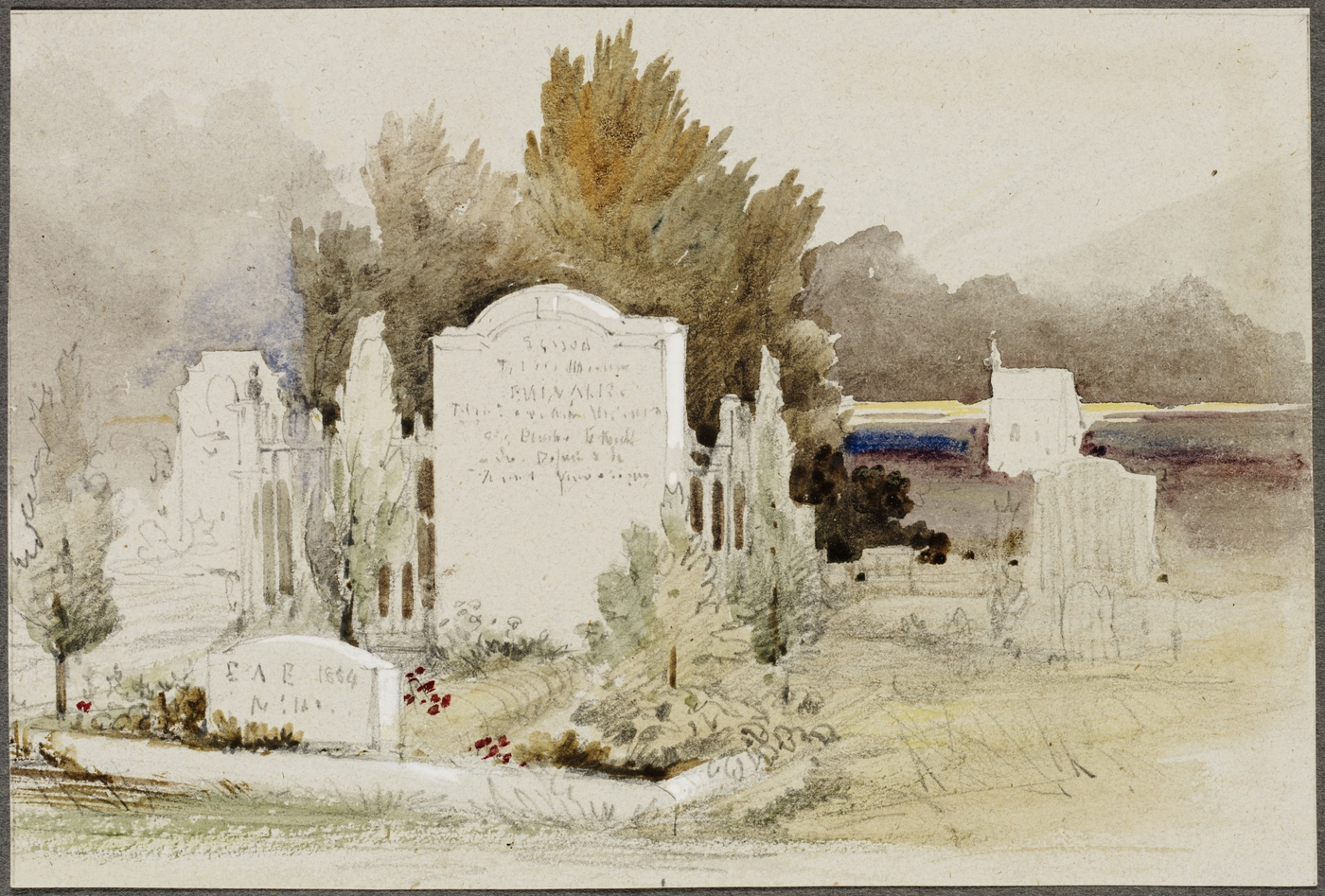The Dictionary of Sydney was archived in 2021.
Camperdown cemetery 'Sacred to the memory of Emily Alice Elliott' c1854

From the collections of the
(Dixson Library)

